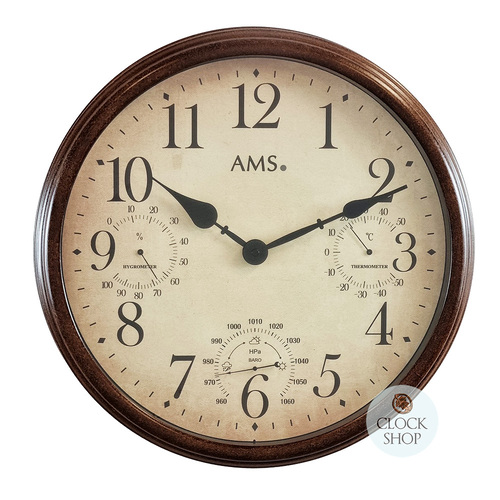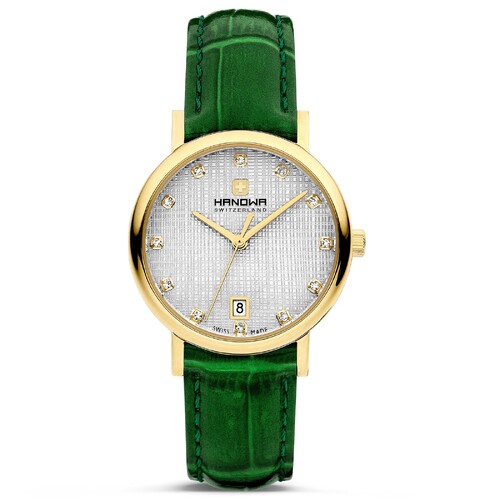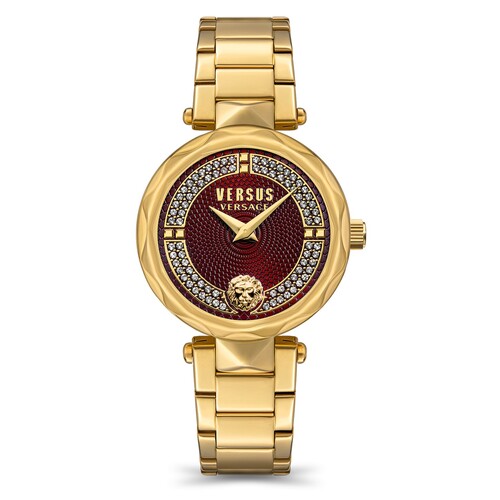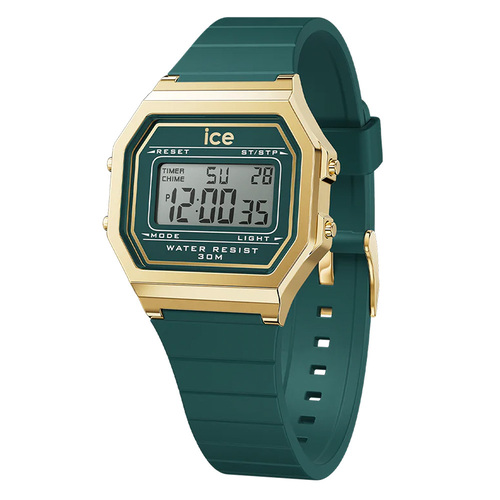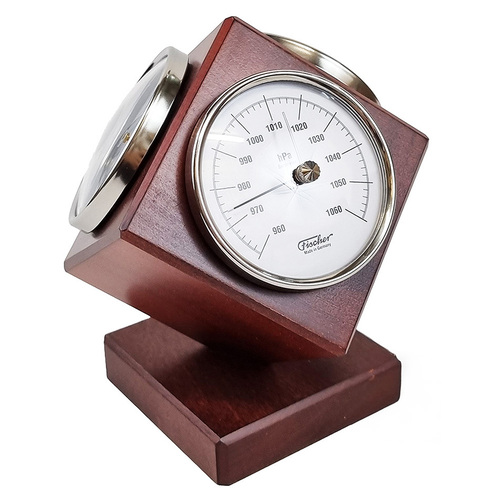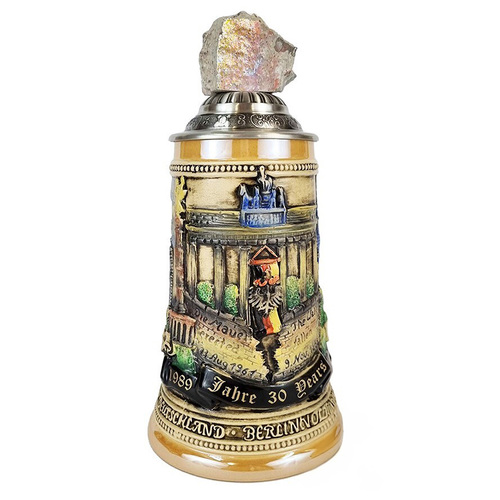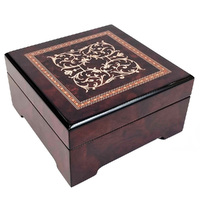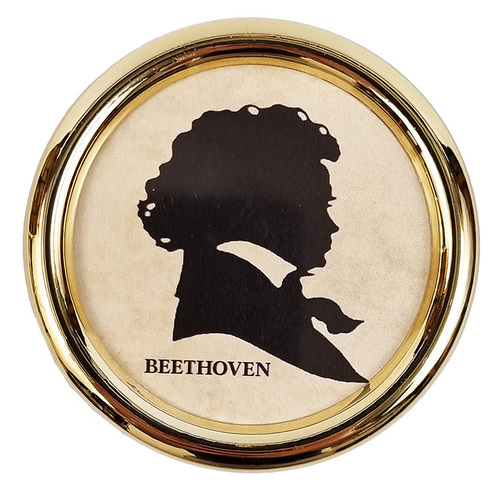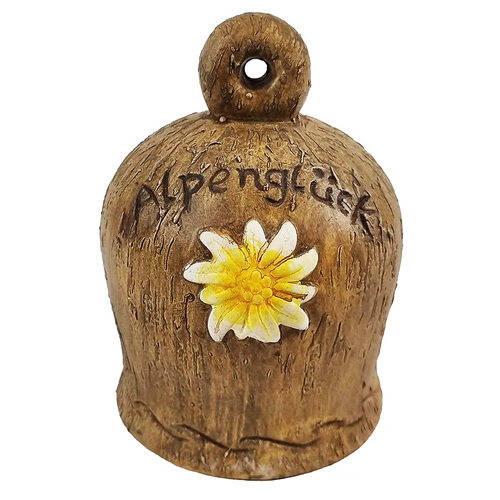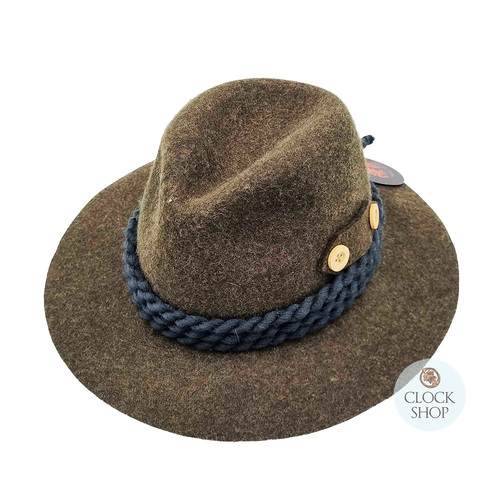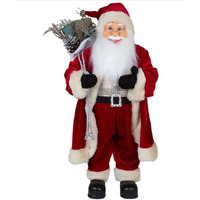A Closer Look At Moon Dials
Author: Clock Shop
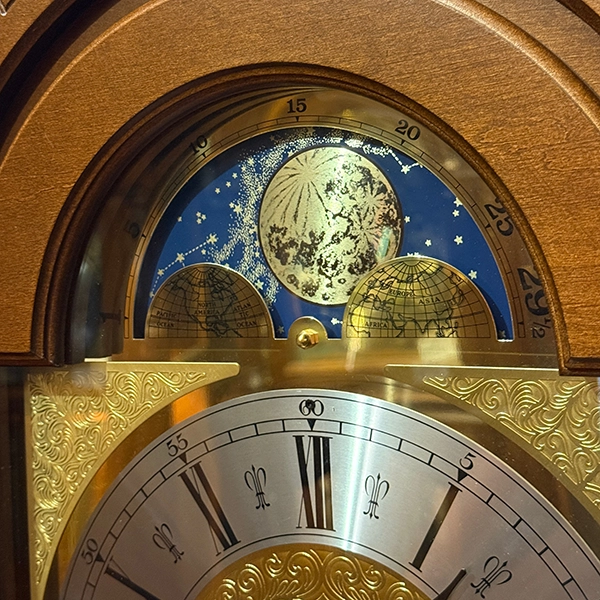
For millennia, countless civilizations have gazed at the night sky with curiosity, observing the cyclical occurrence of celestial objects such as the Sun, moon, planets and stars. In doing so, these early civilizations developed a deep understanding of the sky, and built the pace of their lives around it. Ancient civilizations observed the moon’s phases, noting its regular changes, and gradually learnt how to track the lunar cycle with increasing precision. This celestial pattern became central to many cultures, influencing everything from agriculture to religious practices, as the moon’s phases guided planting and harvesting seasons. The lunar cycle also provided a framework for creating calendars, with many early societies using the moon’s 29.5-day orbit to order their lives.
Although the importance of watching the sky and understanding the celestial cycles was paramount to the development of life, the ancient trait of stargazing and observing the moon fueled a curiosity from deeper within the human psyche. Before the digitalisation of the modern world, countless civilisations sat underneath a starry night sky, looking up with wonder and marvel, searching for divine meaning and understanding.
This profound understanding of celestial events eventually led to the development of more specialised timekeeping tools, such as moon dials in clocks. By the 18th century, skilled horologists began adding moon phase dials to their clocks, allowing the observer to track the current phase of the moon directly on the clock face. This connection between timekeeping and astronomy invited people to think about time not just in the context of their regular daily routines but also in relation to the movements of celestial bodies such as the moon, which in many cases also governed our direct activities.
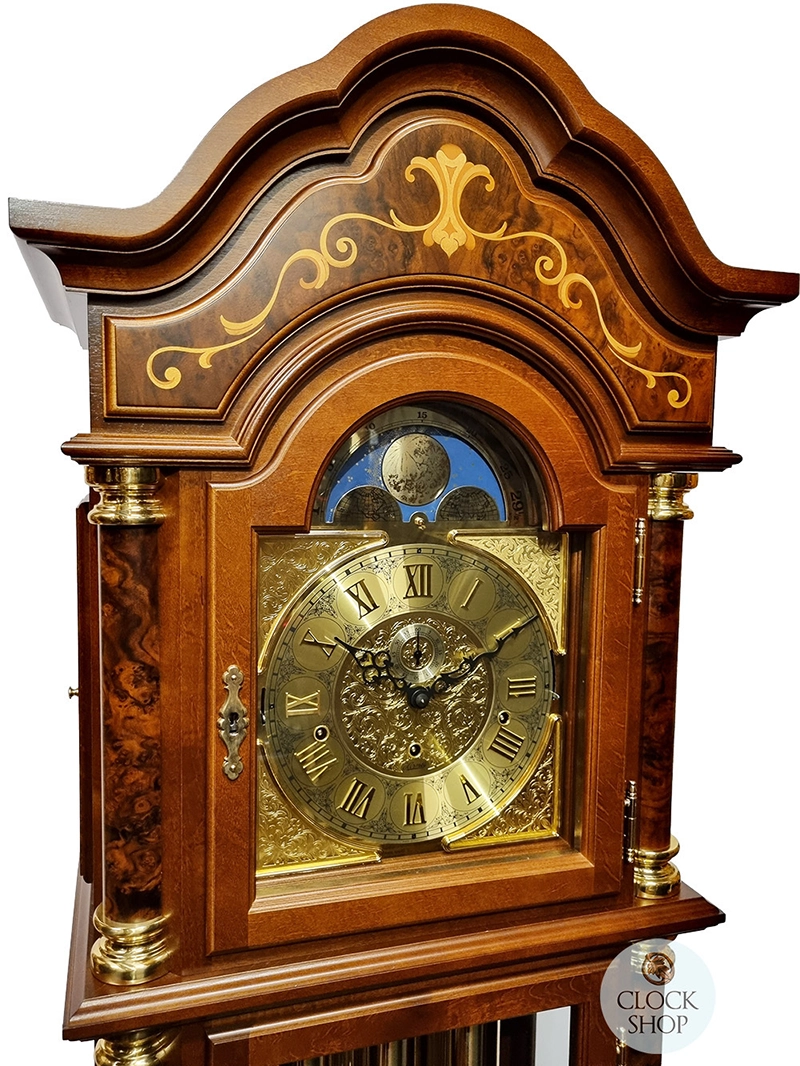
206cm Walnut Grandfather Clock With Triple Chime Tubular Bells & Wood Inlay By HERMLE
Moon dials, or moon phase indicators on clocks, were designed to track the phases of the moon, which played a critical role in many fields including astronomy and agriculture. Astronomers would wait for the new moon to observe the skies, as the lack of moonlight would produce darker skies, allowing distant stars and objects in the night sky to be better observed. For many ancient societies, the lunar cycle was intricately linked to the planting and harvesting of crops. Farmers, especially in cultures that relied on rain-fed agriculture or where seasonal cycles were unpredictable, closely followed the moon’s phases to guide their farming practices. The lunar cycle is often aligned with the natural rhythms of the Earth, such as the tides and the growth patterns of certain plants. The development of a moon dial helped farmers to visually track the phase of the moon and plan their activities around it. For instance, it was believed that the best times for planting crops were during the new moon, and the best time for harvesting was during the full moon. The moon's phases also influenced activities like pruning, planting specific crops, and even hunting, as the belief in lunar effects on the tides, plant growth, and animal behavior was widespread. Night activity was increased during the time of a full moon, including by travellers, robbers and farmers who used moonlight to plant their crops. The cycles of the moon have also been found to directly influence the behaviour of many animals, including both carnivores and insectivores who become less active under the brightest moonphases; whilst primates are the only species to become consistently more active under the influence of a full moon. Coral reefs also work in sync with the lunar phases. What these events suggest is that most forms of life have developed in tune with the changing cycles of the moon, and so the development of a moon dial was a helpful tool.
What Is a Moon Dial?
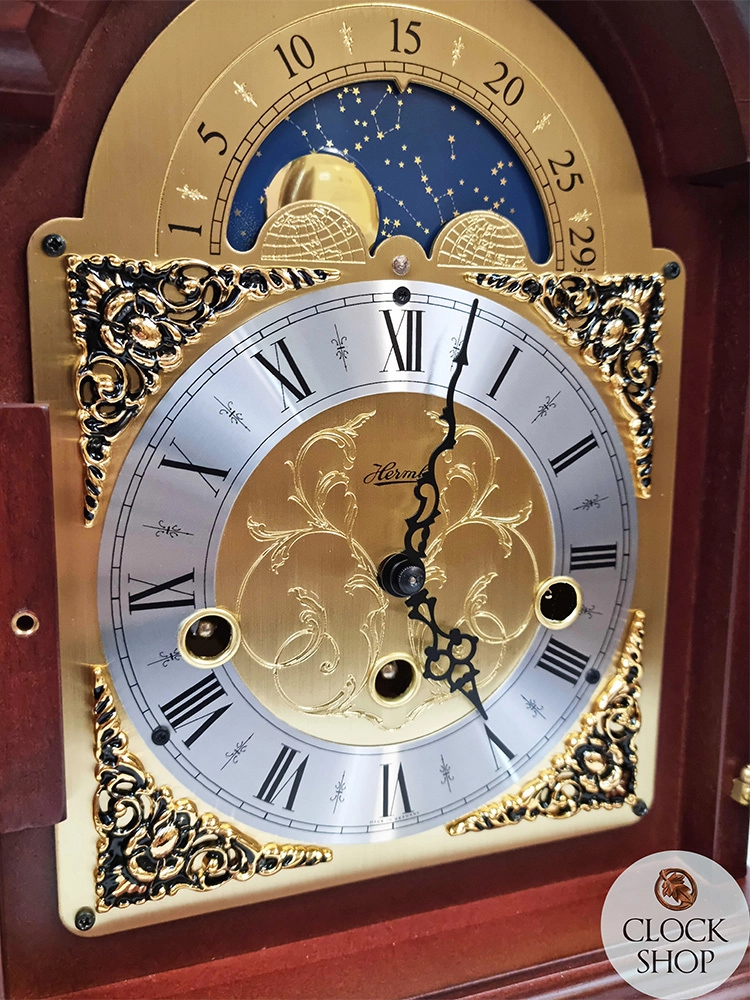
30cm Mahogany Mechanical Table Clock With Westminster Chime & Moon Dial By HERMLE
A moon dial, or moon phase indicator is a seperate dial or display on a clock that features the current phase of the moon. Unlike the typical hands on a clock that indicate hours and minutes, a moon dial features a rotating disk or a series of indicators that represent the moon’s changing phases. This display often appears as a crescent-shaped segment or a full moon on the clock face, which moves over time to reflect the progress of the lunar cycle day by day.
Moon dials can often be found in the following clocks:
How Do Moon Dials Work?
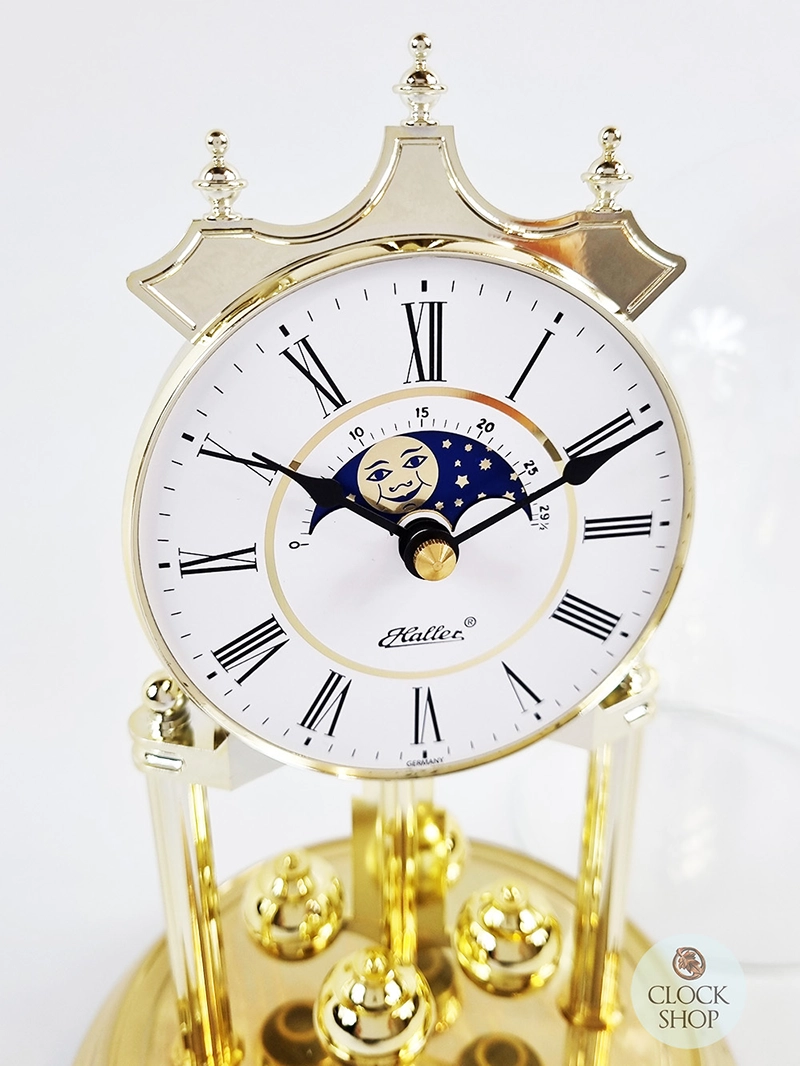
23cm Gold Anniversary Clock With White Dial & Moon Phase By HALLER
The mechanics of a moon dial can vary depending on the clock's design. Generally, the moon phase dial is driven by a geared mechanism that rotates a disk showing the moon's phases. This mechanism is usually synchronised so that as the clock keeps time, the moon dial moves along with the lunar cycle accurately.
A typical moon phase dial will include a lunar disk featuring a realistic depiction of the moon's phases. As time passes, the disk rotates slowly, shifting through the phases of the moon, from new moon through to full moon and back again to new moon. This rotation is typically powered by the clock's main movement.
Conclusion

79cm Walnut 8 Day Mechanical Regulator Wall Clock With Moon Dial By HERMLE
The addition of moon dials in clocks represent a beautiful and functional representation of our connection to the Universe around us. By tracking the phases of the moon, these clocks help us synchronise with the natural world, offering both a decorative and practical display of astronomical events. From tall grandfather clocks and traditional wall clocks, through to smaller anniversary and table clocks, moon dials represent a testament to our fascination and understanding of the night sky. As we continue to measure time, Moon phases serve as a reminder that the celestial bodies in the Universe around us continue to shape our lives just as they have for millions of years prior.

